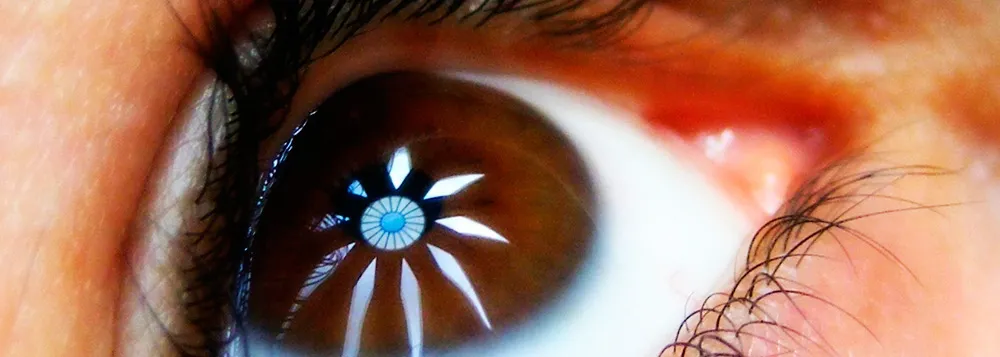People with diabetes have greater possibilities of vision affectations by exposing themselves to light, even in normal lighting conditions, because their retinas are more sensitive.
The previous one is the conclusion of a study conducted by a group of Sinaloa researchers, composed of Dr. Emiliano Terán Bobadilla, of the Faculty of Mathematics of the Autonomous University of Sinaloa (UAS), and Efraín Romo García, of the Department of Ophthalmology of the Ophthalmology of theResearch and Teaching Center in Health Sciences (CIDOCS), of the UAS;together with experts from the Chicago Optometry College and the Technical University of Munich.Research is based on physical models that are implemented to understand how light interacts with the human eye.
“Our work has to do with how the retina absorbs the light of the environment or an external object.We find that there are situations in which the absorption of light, even in normal lighting conditions, can have a serious consequence in visual health, that is, if you are exposed to diabetes and you have a diabetic retinopathy, your retina is more sensitiveIn light, that is what we could verify with our physical model, ”explained Terán Bobadilla.
He added that when the retina has a pathology as a diabetic retinopathy, it is much more sensitive to light.Which can have serious consequences, added to other physiological issues.
1 lenses2606 The experts presented the advances of their research at the recent Arvo Congress (English acronym for Association for Research in Vision and Ophthalmology), held in the city of Baltimore, in Maryland, United States;Annual Meeting of the Association for Research in Vision and Ophthalmology Sciences, in which researchers from all over the world participate, with approaches to clinical aspects, basic science, as well as mathematical and physical models.
The Epidemic of Diabetes in Mexico
According to the National Survey of Health and Nutrition (Ensenut) 2012, 9.2 percent of adults in Mexico, just over seven million Mexicans, suffered diabetes.More and more children, between nine and 14 years of age, present type 2 diabetes. Hence the interest of the Department of Ophthalmology of the Center for Research and Teaching in Health Sciences, the Faculty of Mathematical Physical Sciences and the Optometry School of Optometry ofUAS, to evaluate the impact of that disease.
“Physics, from my point of view, must have an impact on society.While physics helps us explain phenomena at the cosmological or nanometric level, it must also address social problems.Physics has to have the greatest possible impact on society.We intend to better understand how we can directly help Sinaloa, Mexicans, to overcome visual problems, ”he said.
For the study, they developed a physical-theoretical model that allows to evaluate-through the Montecarlo method-the absorption of light from the bottom of the eye, which includes the neuronal retina, the retinal pigment epithelium, the choroid and the sclera.
“This model allows us to theoretically calculate how much light absorbs that region of the eye.Physical models allow predicting situations.The next step in research is to carry out a clinical study based on the results of the physical model, ”he announced.
He indicated that the disease occurs when the patient has diabetes.He explained that due to the increases in sugar levels, a change in the physiology of the bottom of the eye is generated, which increases the thickness of the retina, particularly the neuronal retina.
“There is an increase, it becomes thicker.This thickening is what we could relate to the increase in absorption.This, in extreme situations, produces a macular edema, which is a detachmentof the retina of the bottom of the eye. ”
Experts evaluate changes at the physical level, that is, the interaction of light with the tissue with the physical model to understand how light interacts with the tissue and what interactions can have.An increase in absorption implies that there is too much light and that the system can have harmful effects.
“This is like when people are exposed to solar rays without a sunscreen and there may be problems at the microscopic level.The absorption of ultraviolet light (UV) produces free radicals that cause tissue damage.Although there is little UV light to the retina, even so the ambient light can have impacts, this, in reference to a recent study in which they evaluated the absorption in adults, compared to the absorption of light in infants, ”he said.
Terán Bobadilla explained that the Montecarlo method is very little used for this type of systems, so it represents an innovation from Mexico with that model for the study of the eye.


